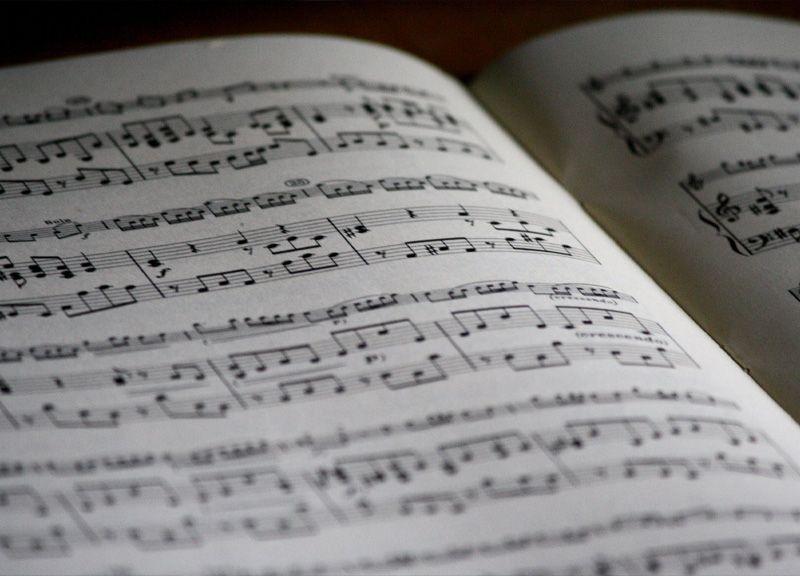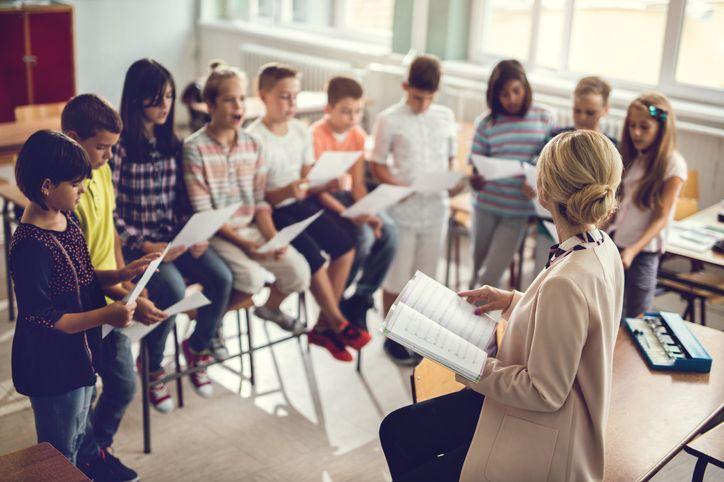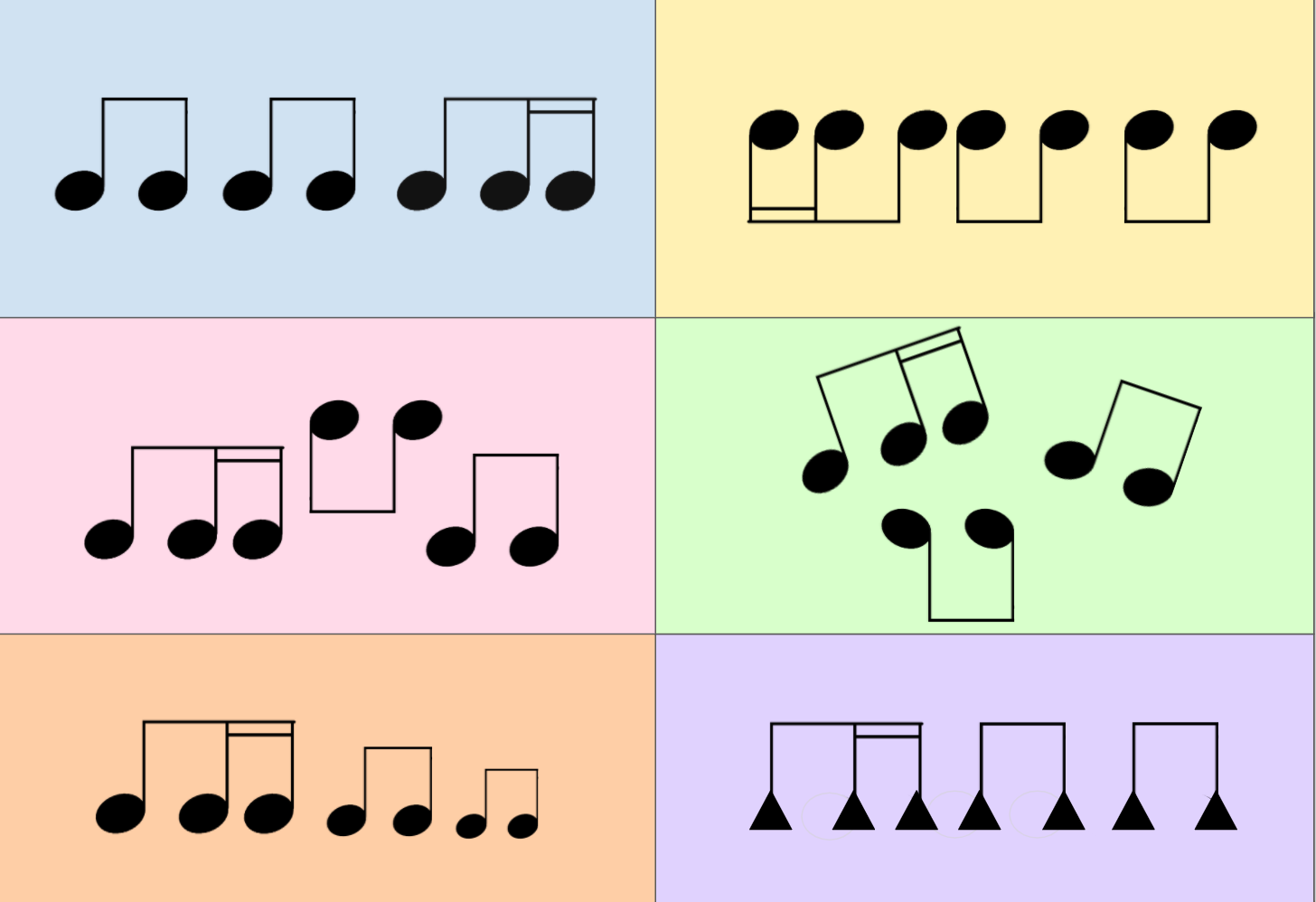Learning objective
- To explore the musical concept of theme and variations.
Success criteria
- I can talk about theme and variations.
- I can
This content is for subscribers only. Join for access today.
National curriculum
Music
Pupils should be taught to:
- Improvise
This content is for subscribers only. Join for access today.
Cross-curricular links
Art and design
Pupils should be
This content is for subscribers only. Join for access today.
Before the lesson
This content is for subscribers only. Join for access today.
Lesson plan
Recap and recall
Before starting this unit, you might want to check that children can recall: What is rhythm. How do different instruments sound. How can they keep the pulse using body percussion.
This content is for subscribers only. Join for access today.
Extended-mode explainer videos
How to extend your display to view the lesson page and preseantion mode simultaneously. Choose your operating system below to watch the video
If you need further support with extending your display,
please contact [email protected].
Extended-mode explainer video: For Mac
Extended-mode explainer video: For Windows
Adaptive teaching
Pupils needing extra support
Should keep the rhythm the same throughout; should perform the rhythm using different actions for each teacup image instead of using instruments.
Pupils working at greater depth
Should work with tuned percussion instruments (if available), e.g. xylophones, glockenspiels, chime bars; could make more complex changes, such as performing the rhythm backwards.
This content is for subscribers only. Join for access today.
Assessing progress and understanding
Pupils with secure understanding indicated by: performing rhythms confidently either on their
This content is for subscribers only. Join for access today.
Vocabulary definitions
-
Pop Art
A style of art that uses bright colours and bold patterns to depict popular people or objects.
-
theme and variations
A musical form when the main melody is played multiple times with slight changes.
This content is for subscribers only. Join for access today.





